
Articles
What Are Theatre Curtains Made Of
Modified: January 5, 2024
Discover what theatre curtains are made of and learn about the different materials used in creating these essential stage accessories. Read more in our informative articles.
(Many of the links in this article redirect to a specific reviewed product. Your purchase of these products through affiliate links helps to generate commission for Storables.com, at no extra cost. Learn more)
Introduction
Theatre curtains play a crucial role in creating a captivating and immersive experience for the audience. From the majestic opening of the curtains to the dramatic reveals throughout the performance, these curtains add an element of anticipation and excitement to any theatrical production. But have you ever wondered what theatre curtains are made of and how they are designed to enhance the stage?
In this article, we will explore the fascinating world of theatre curtains, delving into the history, types, fabrics used, flame retardant properties, and maintenance tips. Whether you’re a theatre enthusiast, performer, or simply curious about the behind-the-scenes magic, this article will provide you with valuable insights into the materials that bring the stage to life.
Key Takeaways:
- Theatre curtains have a rich history, evolving from functional dividers to elaborate designs. They play a crucial role in creating captivating stage environments and enhancing the storytelling experience for audiences.
- Understanding the fabrics, flame retardant properties, and maintenance of theatre curtains is essential for preserving their functionality and ensuring the safety of performers and audiences. It’s a fascinating blend of artistry and safety that adds depth to the world of theatre.
Read more: Why Are Theatre Curtains Red
History of Theatre Curtains
The use of curtains in theatre can be traced back centuries to ancient civilizations such as the Greeks, Romans, and Egyptians. In these early stages, curtains primarily served functional purposes, such as dividing the stage or concealing actors and props. However, as theatre evolved into a more elaborate art form, curtains began to take on a more decorative and theatrical role.
During the Renaissance period, theatre curtains became an integral part of stage design. The use of elaborate backdrops and drapes added depth and visual interest to performances. These curtains were often made of rich fabrics such as velvet and brocade, adorned with intricate embroidery and tassels.
As theatre productions became grander and more elaborate in the 19th century, the demand for larger and more versatile curtains grew. The invention of the counterweight system revolutionized stage design, allowing for the creation of elaborate scenescapes that could be set up and changed quickly during performances.
Modern theatre curtains continue to push boundaries in terms of design and functionality. Today, theatre curtains not only serve as visual enhancements but also play key roles in creating special effects and facilitating scene changes. From traditional proscenium curtains to cyclorama backdrops and digital projection screens, there is a wide range of curtain options available to meet the diverse needs of contemporary theatre.
The history of theatre curtains is a testament to the enduring importance of these elements in the world of performance arts. While their form and function have evolved over time, theatre curtains remain an essential part of stage design, enhancing the storytelling experience and captivating audiences around the world.
Types of Theatre Curtains
The world of theatre curtains is diverse, with various types designed to serve different purposes and create specific effects. Let’s explore some of the most commonly used types:
- Proscenium Curtains: Proscenium curtains, often referred to as main curtains or grand drapes, are the most recognizable type of theatre curtains. These curtains hang just behind the proscenium arch and are typically made of heavy velvet or velour fabric. They serve as the primary curtain that opens and closes to reveal the stage.
- Leg Curtains: Leg curtains, also known as tormentors or teaser curtains, are vertical curtains that hang at the sides of the proscenium opening. They help create a frame for the stage and block the audience’s view of the wings.
- Border Curtains: Border curtains, also called teaser borders or valance curtains, are horizontal curtains that hang above the stage. They are used to mask the fly system and lighting instruments, creating a neat and polished appearance.
- Backdrops: Backdrops are large scenic curtains or painted panels that hang at the rear of the stage. They provide a visual backdrop for the performers and add depth to the stage. Backdrops can be hand-painted or digitally printed to create realistic or abstract environments.
- Cyclorama Curtains: Cyclorama curtains, also known as cyc curtains or cycs, are large, curved curtains that create a seamless, panoramic background. These curtains are often made of translucent or light-reflecting material, allowing for stunning lighting effects and projections.
- Scrim Curtains: Scrim curtains are made from a special, loosely woven fabric that becomes transparent when lit from the front and opaque when lit from behind. They are commonly used to create illusions, such as appearing or disappearing objects or characters on stage.
- Projection Screens: In modern theatre productions, digital projection screens are used to display dynamic visuals and multimedia content. These screens can be retractable or built into the stage design, offering endless possibilities for creative storytelling.
These are just a few examples of the many types of theatre curtains used today. Each type serves a specific purpose in enhancing the visual elements of a performance and creating a captivating experience for audiences.
Fabrics Used in Theatre Curtains
The choice of fabric for theatre curtains is crucial as it determines the overall appearance, texture, and durability of the curtains. Theatre curtains need to withstand frequent use, handling, and sometimes rigorous laundering. Here are some common fabrics used in theatre curtains:
- Velvet: Velvet is a luxurious and popular choice for theatre curtains, especially for proscenium curtains. It has a rich, textured appearance that adds elegance and sophistication to the stage. Velvet curtains are known for their ability to absorb and block light, creating a dramatic ambiance.
- Velour: Velour is a similar fabric to velvet but with a slightly different texture. It has a soft, plush feel and is often used for main curtains, legs, and borders. Velour curtains are known for their durability and wrinkle resistance, making them a practical choice for stage productions.
- Muslin: Muslin is a lightweight, loosely woven fabric that is commonly used for backdrops. It is versatile and can be easily painted or digitally printed to create stunning scenic effects. Muslin is often used for cyclorama curtains as it allows for seamless projection and lighting effects.
- Scrims: Scrims are made from a special type of fabric that is thin and translucent. They are ideal for creating visual effects on stage, such as fading into or out of scenes, using lighting techniques. Scrims can be made from cotton, linen, or synthetic materials.
- Blackout Fabric: Blackout fabric is specifically designed to block out all light. It is commonly used for masking curtains and is ideal for creating dark scenes or blackout moments during performances. Blackout fabric is usually made of a blend of polyester and cotton and has a heavy weight.
- Sheer Fabrics: Sheer fabrics, such as chiffon or organza, are often used for decorative purposes or to create a soft, ethereal atmosphere on stage. These fabrics allow for diffused lighting effects and can add a touch of elegance to performances.
When selecting fabrics for theatre curtains, it is important to consider factors such as durability, flame retardant properties, ease of maintenance, and the desired visual effects. Many theatre curtains are required to meet fire safety regulations, so it is essential to choose fabrics that are treated or inherently flame retardant.
By carefully choosing the right fabric for theatre curtains, you can enhance the visual appeal of the stage and create an immersive experience for both performers and audiences.
Theatre curtains are typically made of heavy, flame-retardant fabrics such as velour, commando cloth, or duvetyne to provide both aesthetic appeal and safety on stage.
Flame Retardant Properties of Theatre Curtains
When it comes to theatre curtains, safety is of utmost importance. The materials used in theatre curtains must meet strict fire safety regulations to protect both the performers and the audience. Flame retardant properties are essential to prevent the rapid spread of fire and ensure a safer theatre environment. Here’s a closer look at the flame retardant properties of theatre curtains:
Flame Retardant Treatments: Many theatre curtains are treated with chemicals to enhance their flame retardant properties. These treatments involve applying a solution to the fabric or using a spray or immersion process. The chemicals used can vary but often include substances such as borax, boric acid, and ammonium phosphate. These treatments work by inhibiting the ignition and slowing down the spread of flames if a fire were to occur.
Inherent Flame Retardant Fabrics: In addition to treatments, some fabrics used in theatre curtains have inherent flame retardant properties. These fabrics are manufactured with fire-resistant fibers that are woven or knitted together, providing built-in protection against flames. Inherent flame retardant fabrics do not lose their fire-resistant properties over time, making them a preferred choice for many theatre productions.
Fire Safety Standards: Theatre curtains must meet specific fire safety standards set by local fire departments or regulatory bodies. These standards vary depending on the region but often include criteria such as flame spread rate, smoke generation, and heat release. It is crucial for theatres to comply with these standards to ensure the safety of everyone involved.
Regular Testing and Inspections: The flame retardant properties of theatre curtains should be regularly tested and inspected to ensure ongoing compliance. These tests may involve examining the fabric, checking the effectiveness of flame retardant treatments, or conducting flame spread tests. It is essential to work with professionals who are knowledgeable in fire safety regulations and can provide accurate assessments of the curtains’ flame retardant properties.
Documentation and Certification: The flame retardant properties of theatre curtains should be properly documented and certified. This includes keeping records of the flame retardant treatments applied, testing results, and any relevant certifications or labels. Having documentation in place not only demonstrates compliance but also provides peace of mind for theatre operators, performers, and audience members.
By prioritizing flame retardant properties in theatre curtains, theatre operators can create a safer environment for all involved in the production. It is crucial to work with reputable suppliers and manufacturers who provide high-quality flame retardant curtains that meet the necessary fire safety standards.
Read more: What Is Recliner Seat In Theatre
Maintenance and Care of Theatre Curtains
Proper maintenance and care of theatre curtains are essential to ensure their longevity, functionality, and visual appeal. Regular maintenance not only keeps the curtains in good condition but also contributes to the overall safety and aesthetics of the theatre. Here are some key tips for maintaining and caring for theatre curtains:
Regular Inspections: Conduct routine inspections of the curtains to check for any signs of wear, tear, or damage. Look for frayed edges, loose threads, fading colors, or any other issues that may affect the functionality or appearance of the curtains.
Gentle Cleaning: Clean the curtains regularly to remove dust, dirt, and other debris that may accumulate over time. Follow the manufacturer’s instructions for cleaning, as different fabric types may require specific care. In general, it is recommended to use a gentle vacuum cleaner or a soft brush to remove surface dirt. Avoid using harsh or abrasive cleaning products that may damage the fabric.
Professional Cleaning: For deep cleaning or stain removal, it is advisable to seek professional curtain cleaning services. Professional cleaners have the expertise and equipment to handle delicate fabrics and ensure thorough cleaning without causing any damage.
Repair and Maintenance: Address any small repairs promptly to prevent further damage. This may include mending small tears, reattaching loose hems or grommets, or replacing damaged hardware. It is important to have a stock of extra fabric or replacement parts on hand to facilitate quick repairs when needed.
Proper Storage: When not in use, store the curtains in a clean, dry, and well-ventilated area to prevent mold or mildew growth. It is recommended to fold curtains loosely to avoid creating permanent creases. If space allows, consider hanging the curtains on sturdy hangers to help maintain their shape and reduce the risk of wrinkling.
Flame Retardant Re-certification: If the flame retardant properties of the curtains need to be re-certified, ensure that the necessary tests are conducted according to the required standards. This re-certification process is essential to maintain compliance with fire safety regulations.
Training and Education: Provide proper training to theatre staff on curtain maintenance and care. It is important to educate them on handling the curtains correctly, including proper opening and closing procedures, as well as guidelines for preventing damage during scene changes or performances.
By following these maintenance and care tips, theatre curtains can remain in excellent condition, ensuring their functionality, safety, and visual impact for years to come. Regular inspections, gentle cleaning, prompt repairs, and proper storage are all key elements of effective curtain maintenance.
Conclusion
Theatre curtains are not just decorative elements; they are essential components that contribute to the overall ambiance, storytelling, and safety of theatrical performances. Understanding the materials used in theatre curtains and how to maintain them is crucial for ensuring their longevity and optimal performance.
Throughout history, theatre curtains have evolved from simple function to intricate design, with various types and fabrics being used to create captivating stage environments. From the grand proscenium curtains to the versatile backdrops and projection screens, each type of curtain serves a specific purpose, adding depth and enhancing the visual appeal of the stage.
The fabrics used in theatre curtains, such as velvet, velour, muslin, and scrims, are chosen not only for their aesthetic qualities but also for their durability and flame retardant properties. The flame retardant treatments or inherent properties of these fabrics ensure the safety of performers and audiences, meeting essential fire safety standards.
Proper maintenance and care of theatre curtains are important to extend their lifespan and preserve their functionality. Regular inspections, gentle cleaning, prompt repairs, and proper storage all contribute to the longevity and visual appeal of the curtains. Additionally, staying up-to-date with flame retardant re-certification helps maintain compliance with safety regulations.
The world of theatre curtains is a fascinating blend of artistry and safety, with their intricate designs, functional features, and imperative flame retardant properties. Understanding the history, types, fabrics, flame retardant properties, and maintenance of theatre curtains allows us to appreciate the immense effort and craftsmanship that goes into creating the magical world of theatre.
Whether you are a theatre enthusiast, performer, or simply curious about the behind-the-scenes aspects of stage design, understanding theatre curtains adds depth and appreciation for the art form. So, the next time the curtains open, take a moment to admire the craftsmanship and the immersive experience they contribute to the world of theatre.
Frequently Asked Questions about What Are Theatre Curtains Made Of
Was this page helpful?
At Storables.com, we guarantee accurate and reliable information. Our content, validated by Expert Board Contributors, is crafted following stringent Editorial Policies. We're committed to providing you with well-researched, expert-backed insights for all your informational needs.



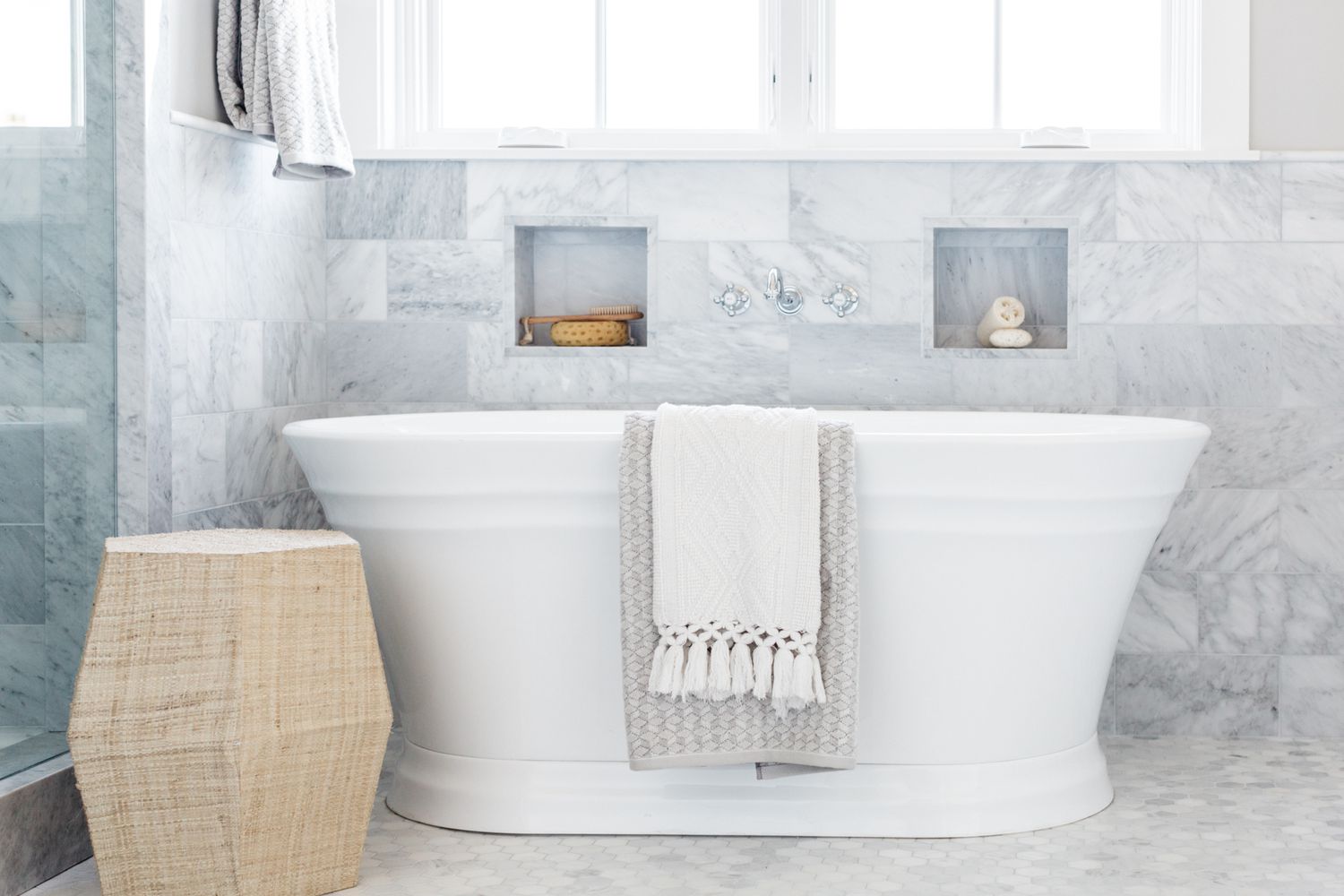
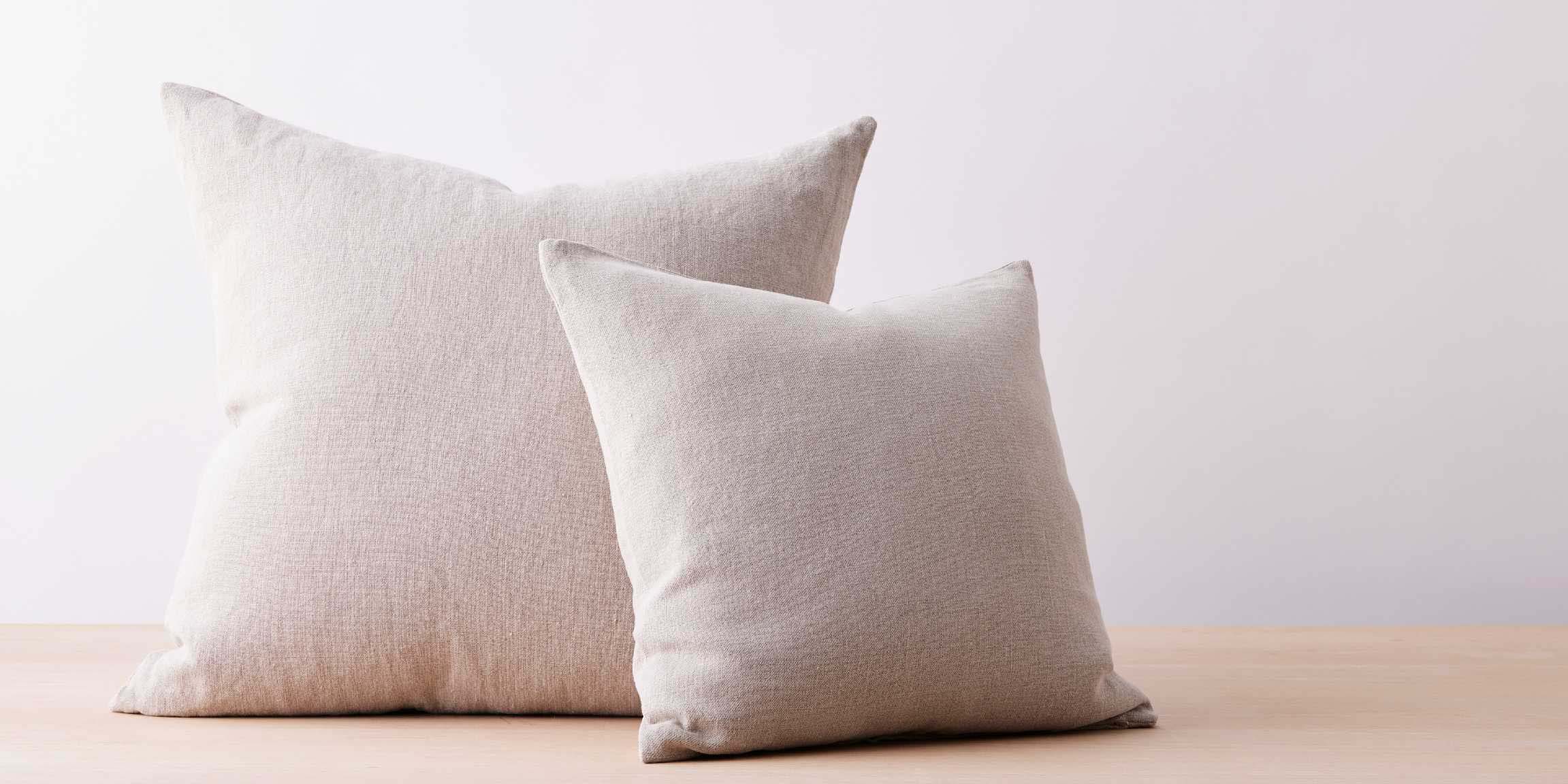

0 thoughts on “What Are Theatre Curtains Made Of”